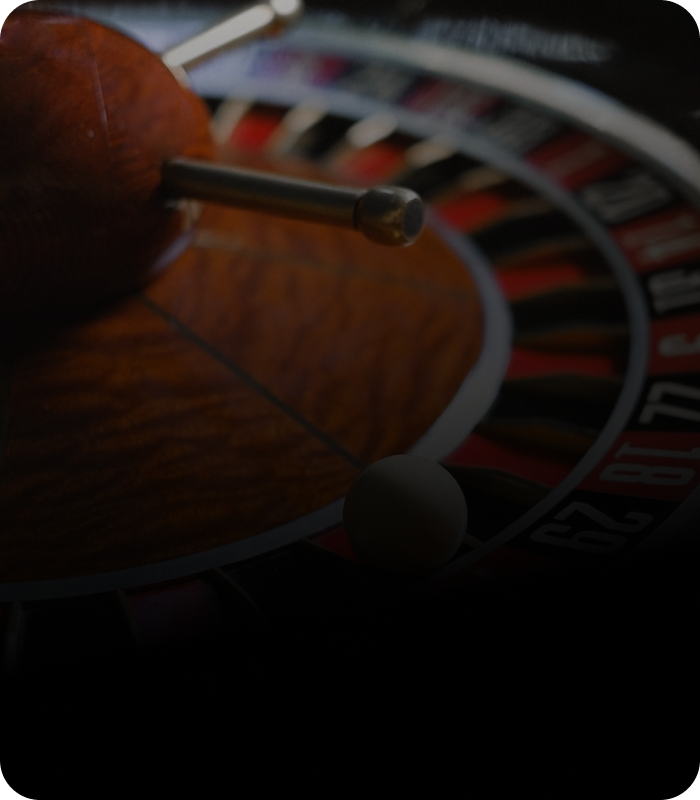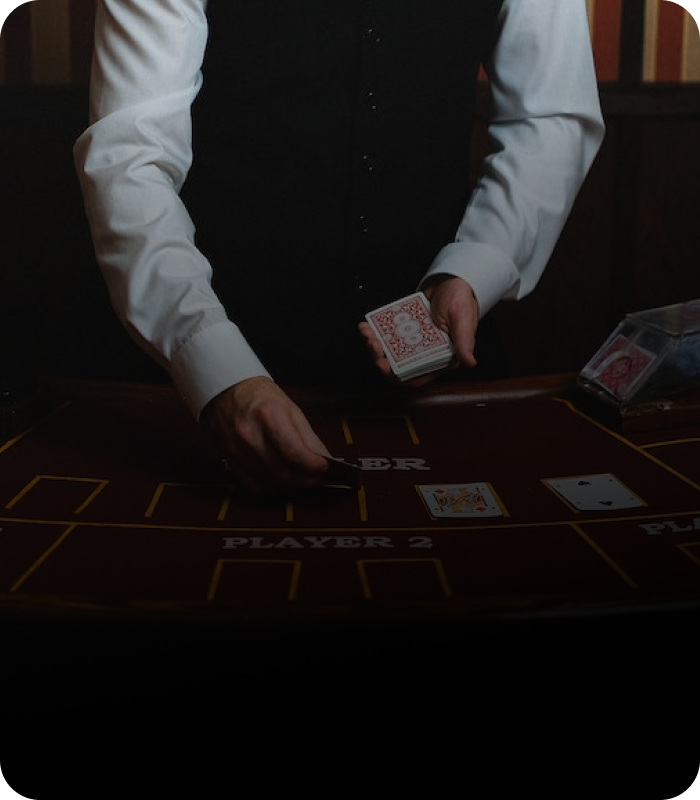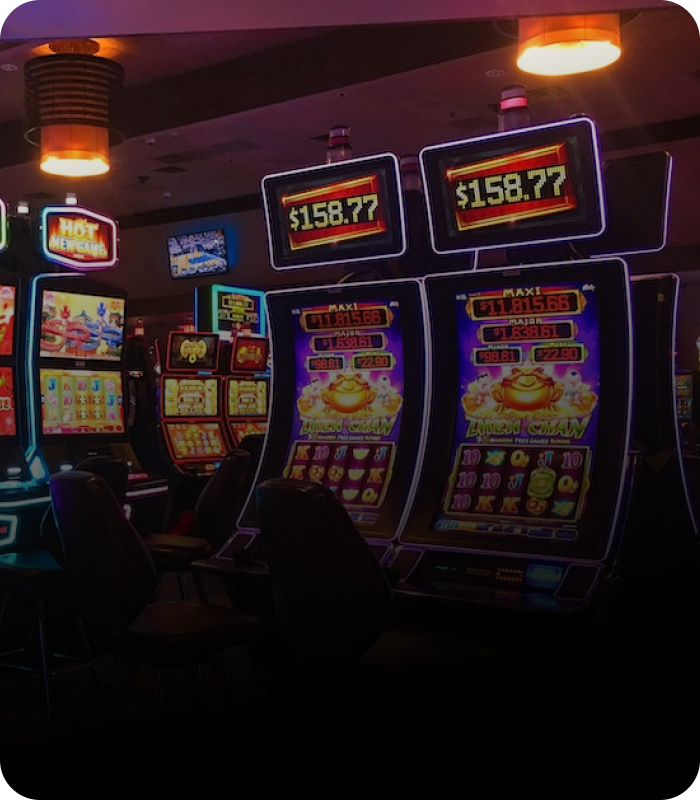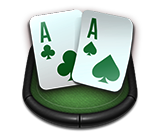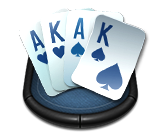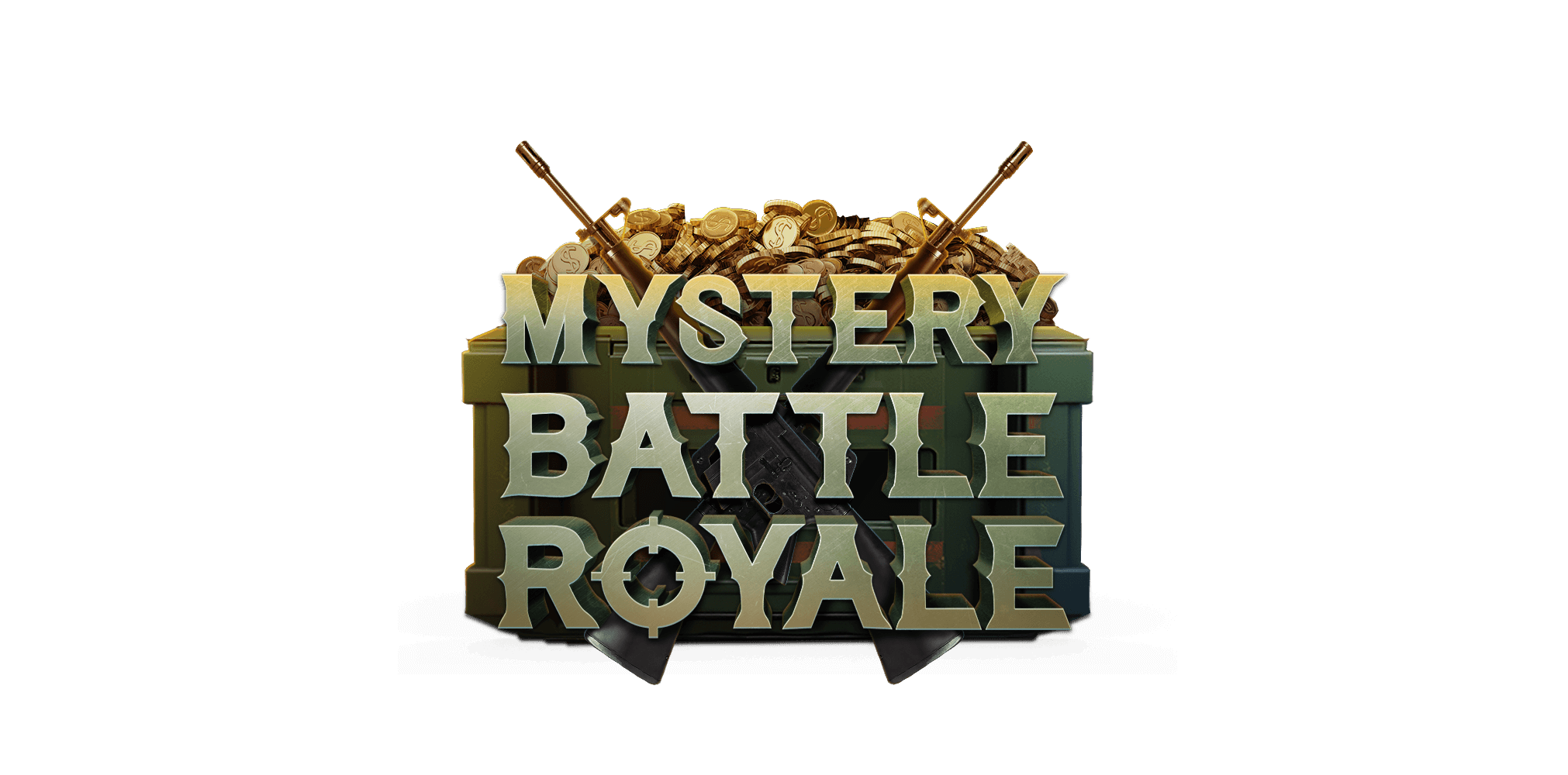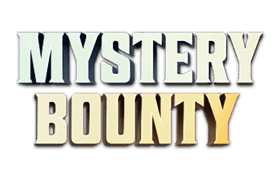
Congratulations! You’ve almost made it to the money. After hours or days in a tournament, you’ve managed to endure and persevere. From a pool of 1,000 entrants, only 100 poker players will walk away with a cut of the prize money. You’re so close you can taste it. Before you can start to celebrate, there is just one more hurdle to cross, the bubble.
What Is A Bubble In A Poker Tournament?
 What is the poker bubble? The bubble, sometimes known as the money bubble, is the point in a tournament where the next player who gets busted in a poker tournament does not take any winnings. The remaining players will take something away from the table. For example, the tournament you are in states that the top 25 players will win money, and there are 26 players left. The 26th place will be considered the "stone bubble."
What is the poker bubble? The bubble, sometimes known as the money bubble, is the point in a tournament where the next player who gets busted in a poker tournament does not take any winnings. The remaining players will take something away from the table. For example, the tournament you are in states that the top 25 players will win money, and there are 26 players left. The 26th place will be considered the "stone bubble."
There’s a fine line between finishing 100th and the bubble. You’re walking this thin line, and you try not to slip up, you try not to make bad calls, you try to avoid bad beats, and you try not to let it get in your head. The last thing you want to do is to play aggressively and attract unwanted attention during the poker tournament, or is it?
Navigating the bubble can be a terrifying time. That's why we're here to help you navigate that bubble regardless of the size of your chip stack so that you increase your chances of surviving the bubble.
Short Stack
 This is the worst position you’d want to be in at any time of the poker tournament. When you’re on the bubble, a short stack is especially annoying. Regardless of your experience in tournaments, having a short stack can affect your judgement. You’re in a position where you don’t have enough chips to make the moves you’d normally make, and there are 100 other players cheering for you to lose.
This is the worst position you’d want to be in at any time of the poker tournament. When you’re on the bubble, a short stack is especially annoying. Regardless of your experience in tournaments, having a short stack can affect your judgement. You’re in a position where you don’t have enough chips to make the moves you’d normally make, and there are 100 other players cheering for you to lose.
In situations like this, you’ll need to be patient and remain calm and composed. Take the time to analyse what you’re up against.
Check out the chip stacks of other players at the table and compare your stack to other short stacks.
Evaluate your stack versus the blinds/antes. Estimate the number of orbits you can go before blinding out.
How much is the minimum cash prize and is it worth it?
First of all, you’ll need to know what your goal is. If you constantly min-cash, it will have a negative impact on your overall bottom line. The goal should be to win the tournament and not just to survive folding.
When that bubble bursts, you want to have a decent-sized stack to work with so that you have a better chance of running deep into the tournament. Folding every hand just to survive the bubble or playing extremely passively might not work to your advantage in the long run.
A good spot to be in when you’re short-stacked is to have other players at the table with similar short stacks. They will be easier to pick off during this bubble period.
You might find yourself with a good hand to go to war with. It’s do-or-die time. Pick a reasonably strong hand and take it with you to battle. Ideally, you’ll want to have one player go against you, but there might be more trying to take you out. There are times when you will bubble and leave empty-handed, but sometimes, lady luck favours the bold, and you may double up and build your stack high enough to secure a better position in the tournament.
Medium Stacks
This is an interesting spot to be in on the bubble. Your poker strategy here depends on the other players at your table and what their strategy of play is as they approach the bubble. Assess the players and make your approach accordingly.
If you’re at a table that is full of players who are terrified to bubble, then it’s time to bring more aggression into your play. It’s easy to spot the terrified players as they will be snap folding most of their hands while looking at the clock constantly and monitoring the player count diligently.
This is the time to put pressure on the smaller- and medium-sized stacks by opening up pre-flop with a wide range of hands. If you encounter short-stacked players who do open a hand, it is very likely that they have a stronger hand than usual. Don’t go too crazy here as you might end up being short-stacked yourself.
On the other hand, if your table is full of aggressive players, then it might be time to sit back and tighten up. In situations like this you can still choose to be aggressive but it’s going to be more of a counter move rather than being the instigator.
On a final note, if you’re approaching the bubble with a medium stack, it is important to remember that you’re not in the money just yet. On one hand, you’ll have to keep cool and not act like one of the players described earlier who constantly checks the clock and player count. You’ll be putting a target on yourself and other players will raise your blind every time. On the other hand, you’ll also need to try to set your stack up for a deep run instead of playing just for minimum cash.
Big Stack
 This is obviously the most fun spot to be in when approaching the bubble. You’ll have all the tools to manoeuvre and put pressure on other players at the table. As other players fear busting on the bubble, you’ll be in the prime position to build your stack and increase your chances of winning the tournament.
This is obviously the most fun spot to be in when approaching the bubble. You’ll have all the tools to manoeuvre and put pressure on other players at the table. As other players fear busting on the bubble, you’ll be in the prime position to build your stack and increase your chances of winning the tournament.
Big stacks have the upper hand because you have everyone covered. If any other player decides to get in a hand with you, they risk the possibility of busting out of the tournament. You have the opportunity to reduce their stacks to nothing, and they only have the ability to dent yours. But having said that, you’ll still need make wise decisions and not get too cocky, or you might find yourself joining the medium stacks or possibly the short stacks.
With a big stack, you’ll most likely begin the same way you would if you were on a medium stack. Assess the players at your table and approach accordingly. If you happen to find players who are short-stacked, this is the time to pounce. Raise their blinds with a wide range of hands and watch them fold. And if they don’t, chances are they have a strong hand.
It is also important to remember to step off the aggression pedal when necessary. With a big stack you’re in a good position to open any 2 cards, but you can’t bluff on every hand, so remember to adjust accordingly.
Bubble Protection
Regardless of the size of your stack coming to the bubble, the approach should be the same. Assess the players at the table and adjust accordingly. Don’t let fear or ego affect your decisions.
And if you do get bubbled out, don’t despair. If you play on Natural8, you will be able to find tournaments with the bubble protection feature. With the bubble protection feature, even if you get bubbled out, you will be able to get back your buy-in, so it’s not a total loss.
Check out the Bubble Protection for Early Birds page for more information and terms and conditions.

.webp)









